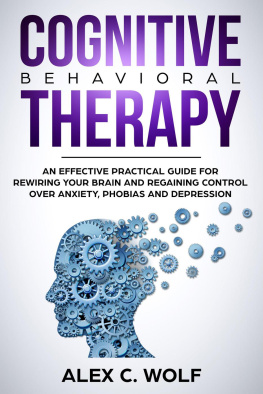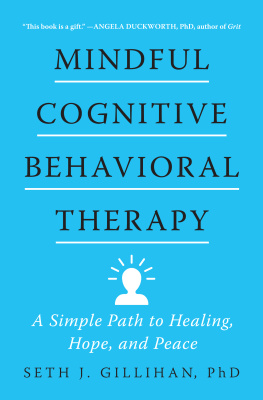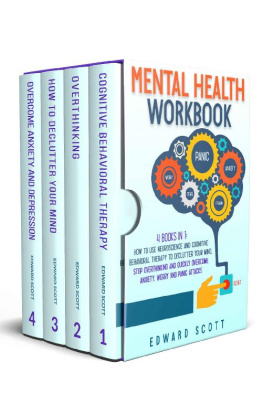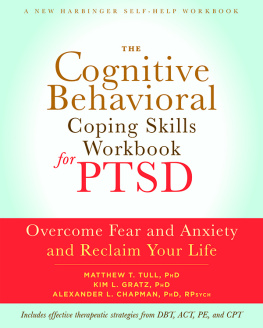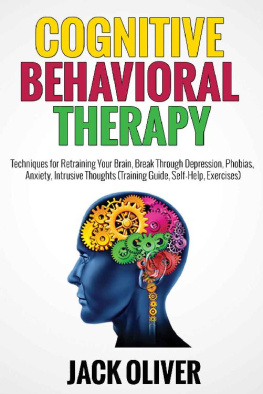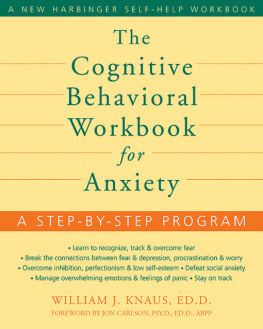
Copyright 2016 by Althea Press, Berkeley, California
No part of this publication may be reproduced, stored in a retrieval system or transmitted in any form or by any means, electronic, mechanical, photocopying, recording, scanning or otherwise, except as permitted under Section 107 or 108 of the 1976 United States Copyright Act, without the prior written permission of the publisher. Requests to the publisher for permission should be addressed to the Permissions Department, Althea Press, 918 Parker St., Suite A-12, Berkeley, CA 94710.
Limit of Liability/Disclaimer of Warranty: The publisher and the author make no representations or warranties with respect to the accuracy or completeness of the contents of this work and specifically disclaim all warranties, including without limitation warranties of fitness for a particular purpose. No warranty may be created or extended by sales or promotional materials. The advice and strategies contained herein may not be suitable for every situation. This work is sold with the understanding that the publisher is not engaged in rendering medical, legal or other professional advice or services. If professional assistance is required, the services of a competent professional person should be sought. Neither the publisher nor the author shall be liable for damages arising herefrom. The fact that an individual, organization or website is referred to in this work as a citation and/or potential source of further information does not mean that the author or the publisher endorses the information the individual, organization or website may provide or recommendations they/it may make. Further, readers should be aware that websites listed in this work may have changed or disappeared between when this work was written and when it is read.
For general information on our other products and services or to obtain technical support, please contact our Customer Care Department within the United States at (866) 744-2665, or outside the United States at (510) 253-0500.
Althea Press publishes its books in a variety of electronic and print formats. Some content that appears in print may not be available in electronic books, and vice versa.
TRADEMARKS: Althea Press and the Althea Press logo are trademarks or registered trademarks of Callisto Media, Inc., and/or its affiliates, in the United States and other countries, and may not be used without written permission. All other trademarks are the property of their respective owners. Althea Press is not associated with any product or vendor mentioned in this book.
ISBN: Print 978-1-62315-780-7 | eBook 978-1-62315-781-4
Quick-Start Guide
Is this book for you? Check the boxes that often describe you:
I have trouble sleeping.
I feel like I have nothing to look forward to.
I have a hard time unwinding.
Im not as interested in things I used to enjoy.
I dread the next attack of anxiety.
I struggle to concentrate and make decisions.
I feel guilty and down on myself.
Im terrified of certain objects, animals, or situations.
Its hard for me to find energy and motivation.
I worry more than I need to.
I often feel tense and anxious.
I avoid things I need to do because they make me anxious.
Its hard for me to control my worry.
I feel extremely nervous is some social situations, or avoid them if I can.
If you checked several of the boxes, read on to learn about CBT and take part of the therapeutic process into your own hands.
For my fathers father,
CPO Frank Rollin Gillihan
(19191967)
Contents
HOW TO USE THIS WORKBOOK ON AN EBOOK DEVICE
This workbook is meant to be interactive. If youre reading this on a touch-screen device, you can add notes to this ebook and highlight text just like you would in a physical workbook.
Some sections will prompt you to write in answers or personal responses. Its easygive it a try right here: ___________.
With your finger, tap and hold for a few moments on the line above. Depending on the device youre using, an icon such as a magnifying glass will appear. Lift your finger and youll see an options menu. Select Note to add and save your own text. When youre done, an icon or highlighted area will remain, which you can always return to and tap if you want to reopen and read or edit your note.
The same tap-and-hold options menu offers Highlight or Color, which you can select if you want to highlight a passage or check a box. Experiment with it: By swiping your finger before releasing you can select entire sentences or paragraphs. The options menu also offers Bookmark for when you want quick access back to certain pages.
This method is the same on nearly all touch-screen ebook devices, but some have slight variations. If youd like more information specific to the device youre holding in your hands, a quick online search will yield best results.
You can also find checklists, diagrams, and other interactive elements from this workbook online at callistomediabooks.com/cbt.
Foreword
RESEARCH HAS SHOWN THAT COGNITIVE-BEHAVIORAL THERAPY (CBT) is the most effective treatment for depressive and anxiety disorders, surpassing medication and other types of therapy in its ability to ameliorate suffering and prevent relapse. But what is CBT, and how does it work?
Its difficult to appreciate CBTs power to heal until you have seen it in action. In my clinical work, I have witnessed people debilitated by these disorders awaken as they learn cognitive-behavioral techniques.
For example, one of my clients, a 65-year-old woman who had suffered from severe depression for 30 years, arrived at my door feeling hopeless, frustrated, and entirely skeptical that I could help her think her way out of it. In her mind, she was a victim of a cruel genetic lottery, and there was nothing she (or I) could do to improve her mood.
Yet within a few sessions she became aware of her thought processes and came to acknowledge that many of her assumptions about herself were not based in fact. She began to question these assumptions before jumping to conclusions and to consider other possibilities. She discovered that her thoughts were not always entirely accurate, and she learned how to look for evidence before believing her initial judgments.
This awareness of her thinking patterns led to small but profound changes in the way she related to her husband. As her marriage began to improve, she felt secure enough to reevaluate her interpretations of others reactions to her, and she began to understand that the lens through which she experienced the world was distorted. Through CBT, she was able to restructure her thought processes so that she could accept the world, and herself, on more accurate grounds.
Gradually, she gained the confidence to start socializing again and to reach out to family members she thought had given up on her. She was pleasantly surprised by the reaction she received from them. I watched her transform from someone who could barely muster the energy to go for a walk to someone engaged in social and family events, and someone who looked forward to the next day. Such is the potential of CBT to transform lives.
People often seek help for depression and anxiety in books but abandon these books when they encounter academic jargon or overly long explanations of psychological theory, or feel disheartened by the sheer length of the books. For those struggling with the weight of low mood or fraught with the exhaustion of anxiety, a thick book written in abstract language can feel overwhelming. But in these pages, Dr. Gillihan has provided us with a simple, succinct, and stress-free workbook. It is ideal for people who feel exhausted or defeated by their struggles. In nine easy-to-read chapters, Dr. Gillihan instills confidence and mastery in his readers by breaking down cognitive-behavioral strategies into easily digestible concepts and exercises.
Next page

